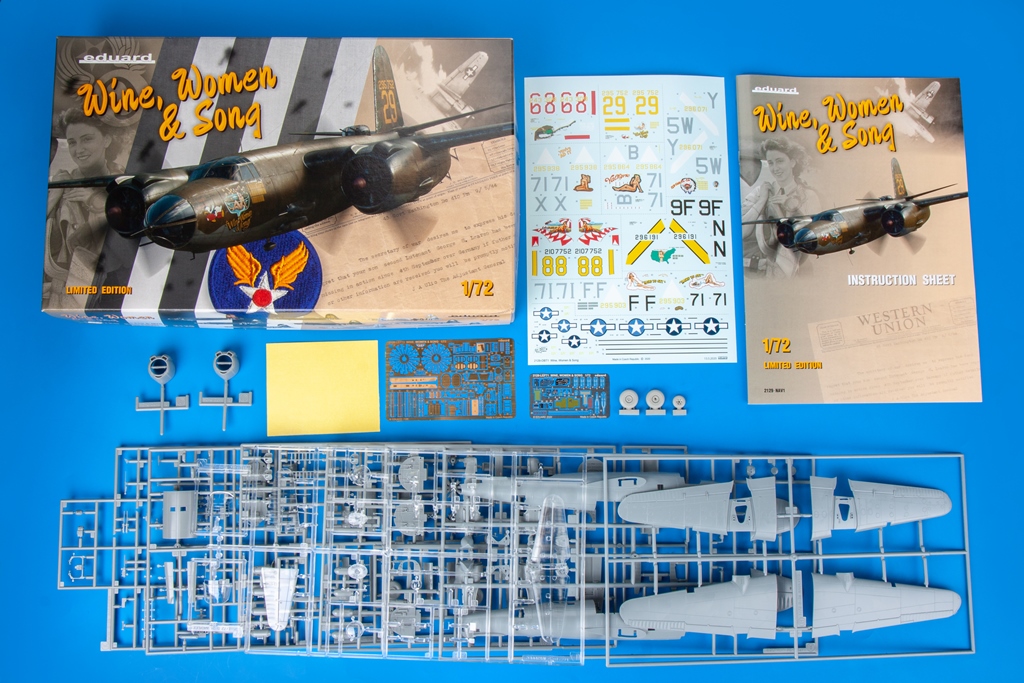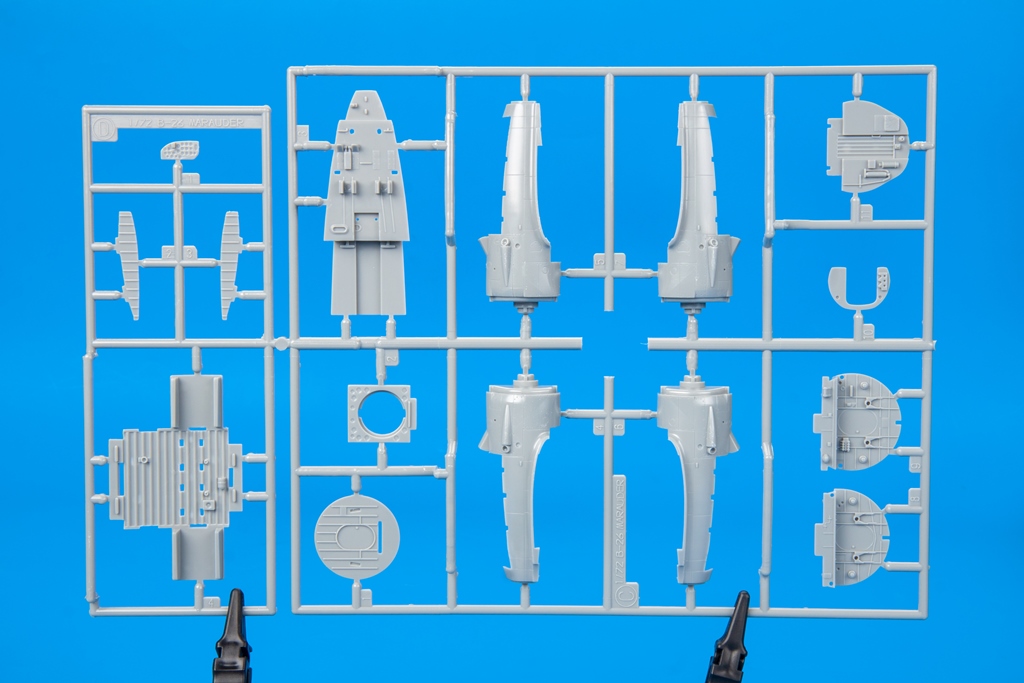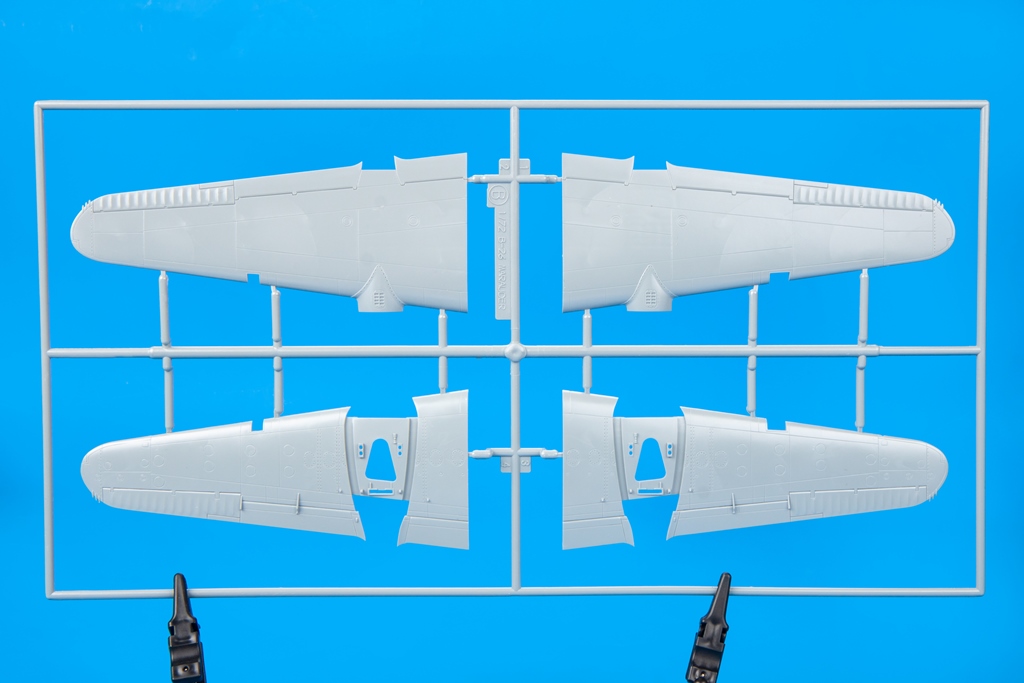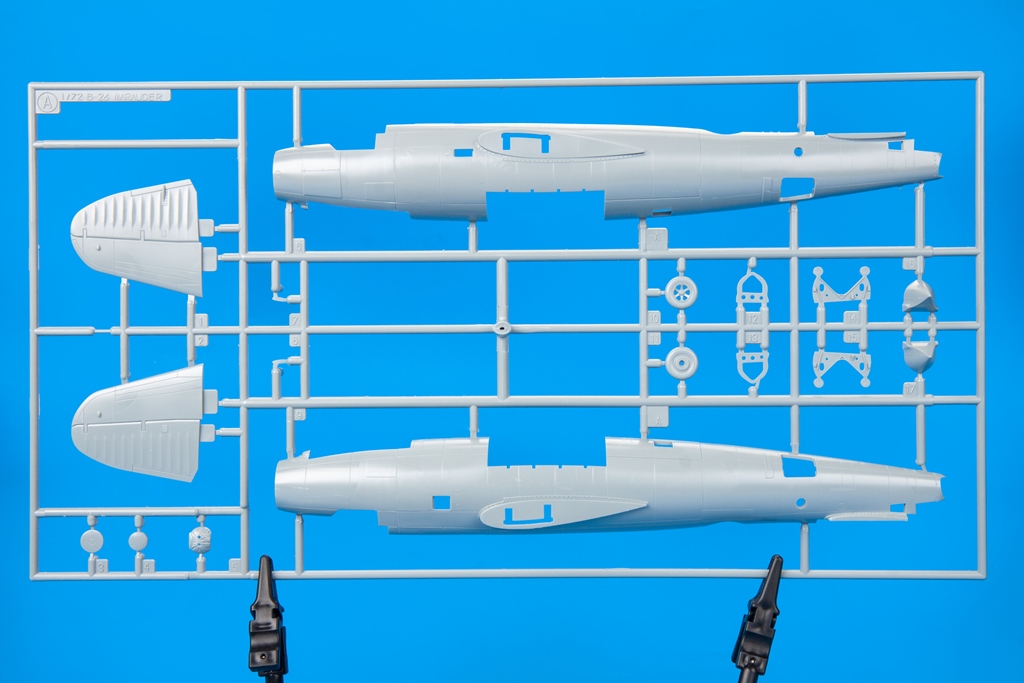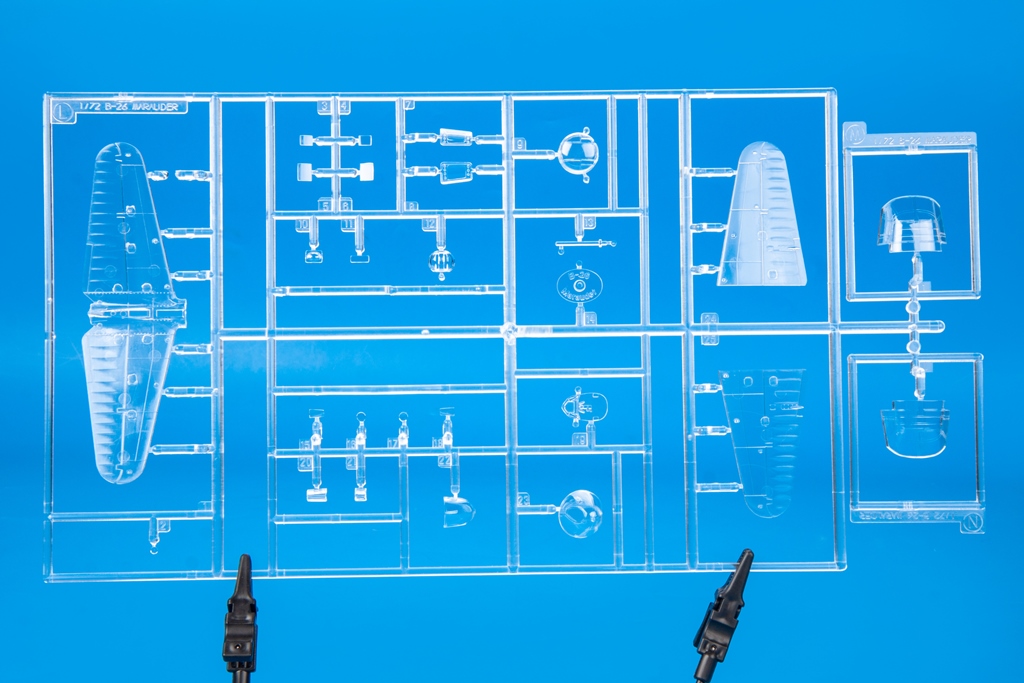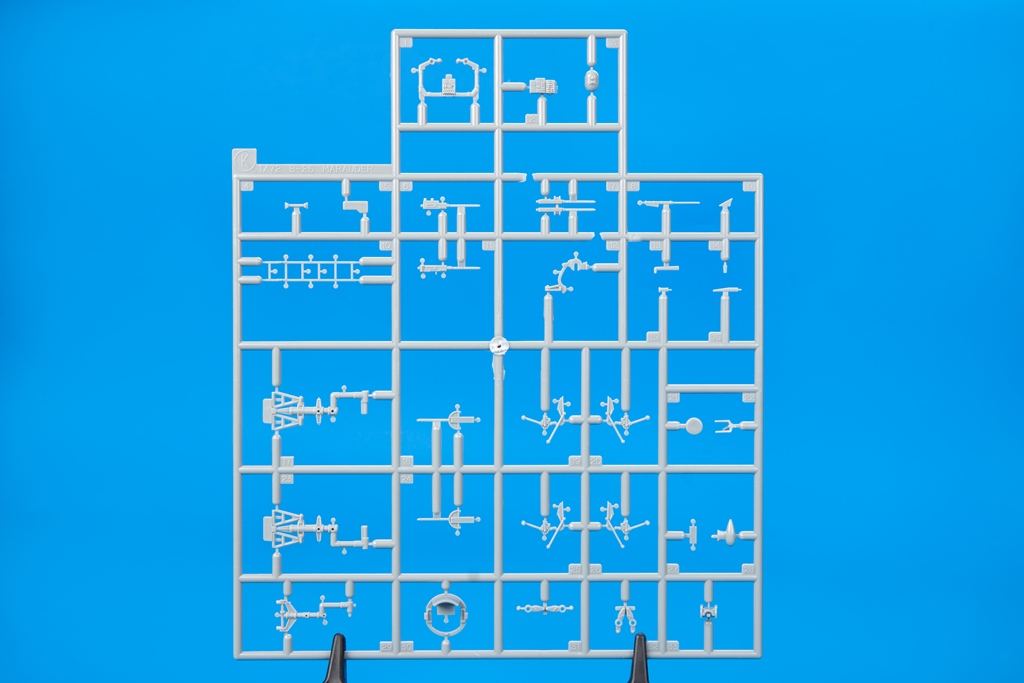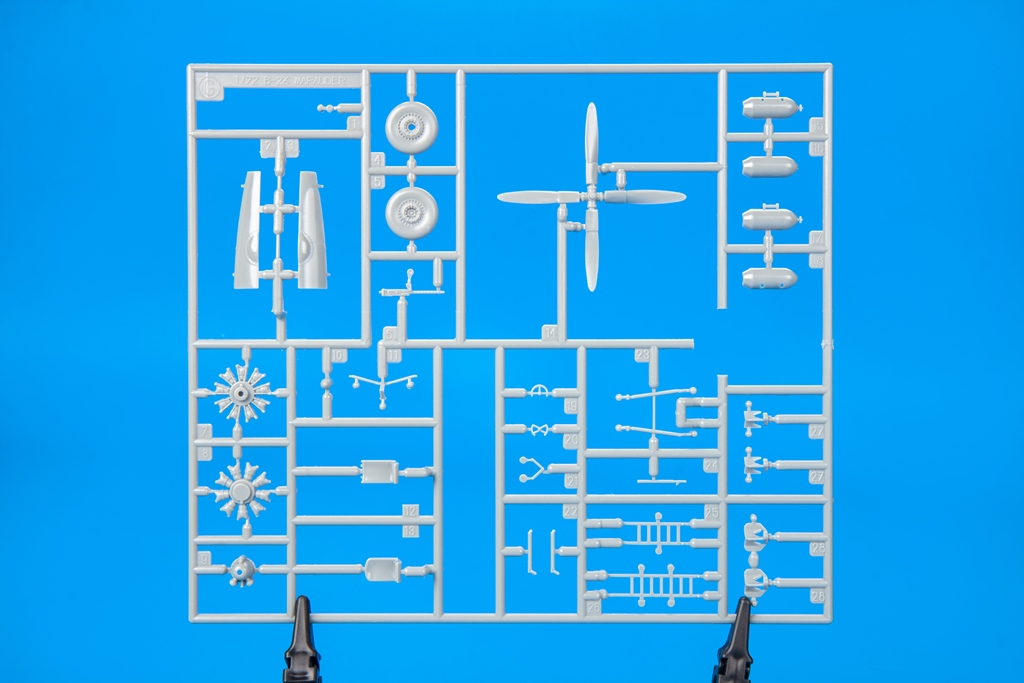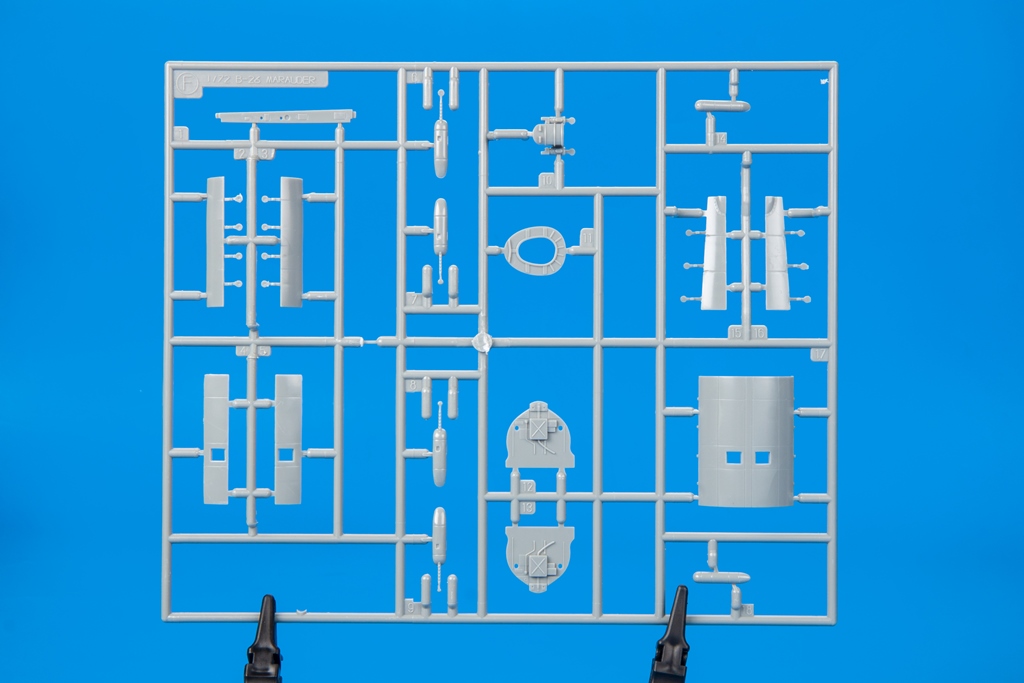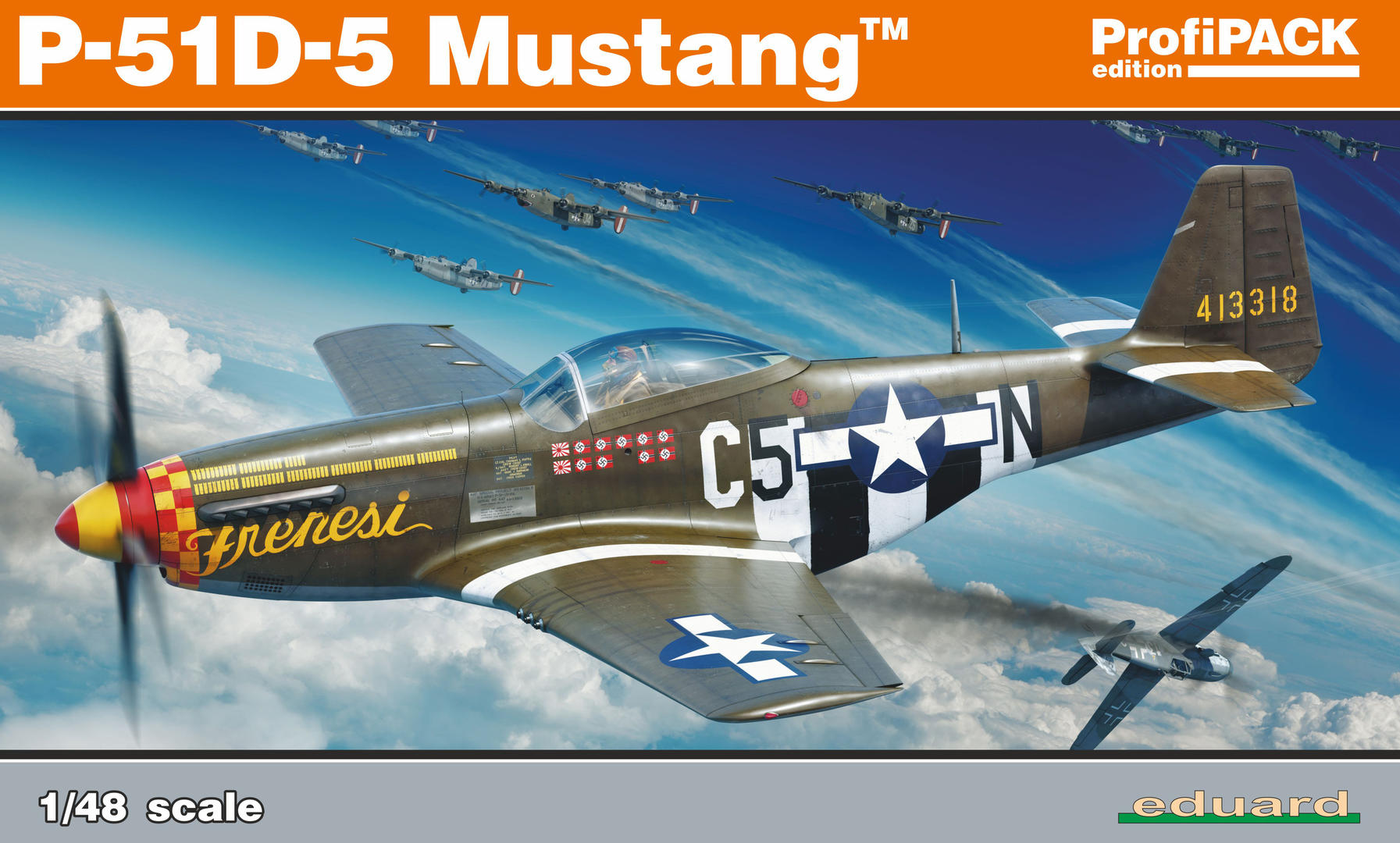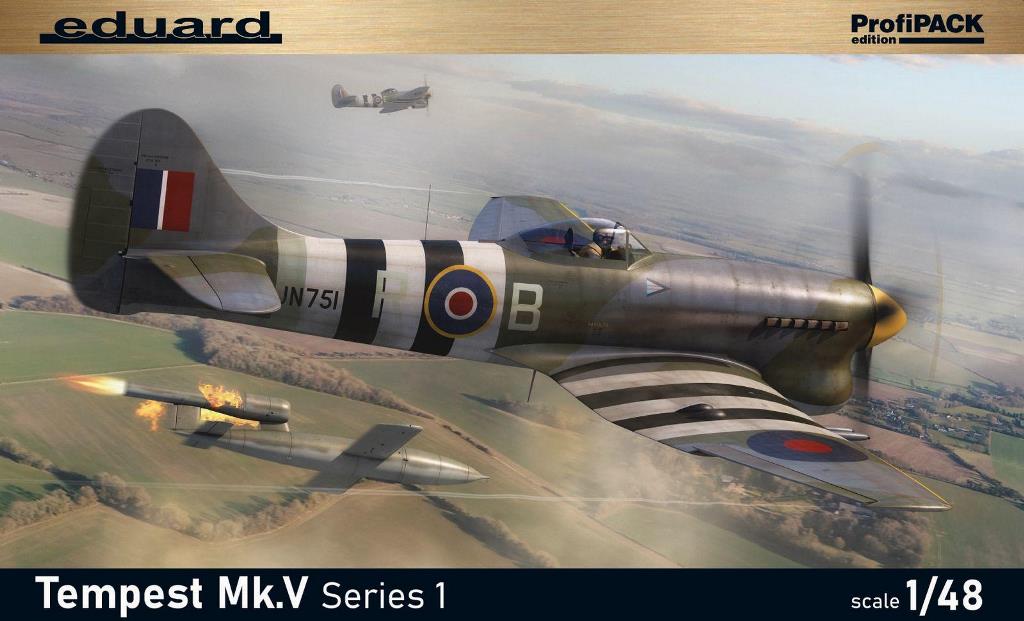Eduard : WINE, WOMEN & SONG B-26 : 1/72 Scale Model : In Box Review

B-26 Marauder
- Manufacturer: Eduard
- Plastic Parts: Hasegawa
- Scale: 1/72
- Camera Angels: 1
- Camera Definition: Full HD
- Presented By: William Boudreau
- marking options: 8
- model dimension: Length: ?? Wingspan: ?? Height: ??
- decals: Eduard
- PE parts: Yes
- painting mask: Yes
- resin parts: Yes
- item No: 2129
The Martin B-26 Marauder is an American twin-engined medium bomber that saw extensive service during World War II. The B-26 was built at two locations: Baltimore, Maryland, and Omaha, Nebraska, by the Glenn L. Martin Company.
First used in the Pacific Theater of World War II in early 1942, it was also used in the Mediterranean Theater and in Western Europe.
After entering service with the United States Army aviation units, the aircraft quickly received the reputation of a “widowmaker” due to the early models’ high accident rate during takeoffs and landings. This was because the Marauder had to be flown at precise airspeeds, particularly on final runway approach or when one engine was out. The unusually high 150 mph (241 km/h) speed on short final runway approach was intimidating to many pilots who were used to much slower approach speeds, and whenever they slowed to speeds below those stipulated in the manual, the aircraft would often stall and crash.
The B-26 became a safer aircraft once crews were re-trained, and after aerodynamics modifications (an increase of wingspan and wing angle-of-incidence to give better takeoff performance, and a larger vertical stabilizer and rudder). The Marauder ended World War II with the lowest loss rate of any U.S. Army Air Forces bomber.
A total of 5,288 were produced between February 1941 and March 1945; 522 of these were flown by the Royal Air Force and the South African Air Force. By the time the United States Air Force was created as an independent military service separate from the United States Army in 1947, all Martin B-26s had been retired from U.S. service. After the Marauder was retired the unrelated Douglas A-26 Invader then assumed the “B-26” designation which led to confusion between the two aircraft.

